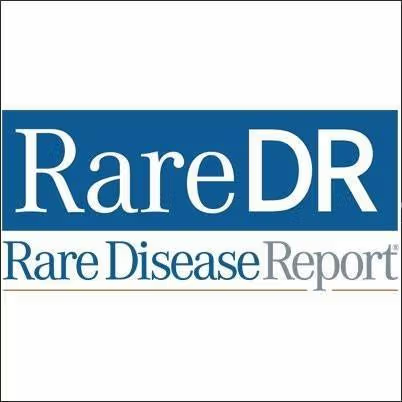Article
New Statin Myopathy Warning: Best to Heed This
Author(s):
"Statin" (HMG CoA reductase inhibitors, used for dyslipidemia) use in the US is very high and climbing. As the population becomes fatter and even some children become extremely obese, these agents are often prescribed to address elevated LDL and other lipid perturbations.
As statins have come off patent and become available in the generic marketplace, the utilization mix has changed a good deal. In most places, simvastatin is the most often prescribed or substituted of the statins, due to cost. Until recently, simvastatin was thought to be no more likely to cause rhabdomyolysis compared to the other available agents.
Neurologists are among prescribers of these drugs. Lipid modification affects stroke risk. There are also data regarding possible beneficial effects of statins on early stroke recurrence. Thus, I thought that some recent FDA warnings about one such agent an appropriate topic for this organ.
Yesterday, the FDA warned about new evidence of myopathy with high dose simvastatin. The specifics are as follows: Ongoing review of data from the Study of the Effectiveness of Additional Reductions in Cholesterol and Homocysteine (SEARCH) trial showed an increased risk of myopathy with higher dose simvastatin. Myopathy in the 80 mg. group (0.9%) far exceeded the incidence in the 20 mg. group (0.02%). Progression to rhabdomyolysis was even more disparate: 0.02% in the patients taking simvastatin 80 mg. v. 0 in the 20 mg. group.
The document also reiterates some previous warnings. Drug-drug interactions with amiodarone exist, and rhabdomyolysis is more common when simvastatin doses exceed 20 mg. when given with this agent. Persons of Chinese descent are at increased risk for muscle damage when treated with concomitant niacin. The FDA expressed concern that high dose simvastatin continues to be prescribed in these circumstances. They also reiterate the warnings not to use simvastatin at all in combination with some "azole" antifungal agents or macrolide antibiotics.
So, what should we do? Certainly, reviewing patients to determine the lowest possible dose of statin therapy is prudent. Efforts should be redoubled to encourage lifestyle changes. Patients should be specifically questioned at each visit regarding signs and symptoms of rhabdomyolysis. And, the risks of such adverse effects should be discussed with patients frequently.
The overall incidence of these severe adverse effects remains fairly low. However, an increased level of vigilance, and more detailed discussions of risk/benefit considerations with patients is particularly important in light of these new data.
"Statin" (HMG CoA reductase inhibitors, used for dyslipidemia) use in the US is very high and climbing. As the population becomes fatter and even some children become extremely obese, these agents are often prescribed to address elevated LDL and other lipid perturbations. Sensible diet and exercise remain much underused modalities (due mainly to poor adherence), but that is a matter for another day. Statin agents are not free of adverse effects. Myopathy, including rhabdomyolysis, is the most problematic of these, and muscle damage may be irreversible. One such agent was even removed from the market due to this adverse effect.





